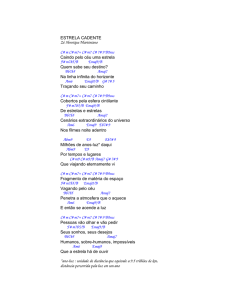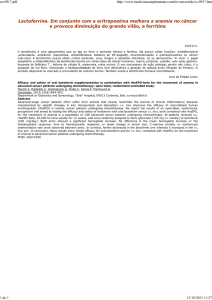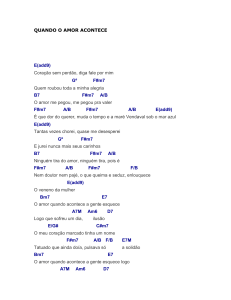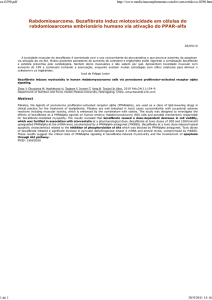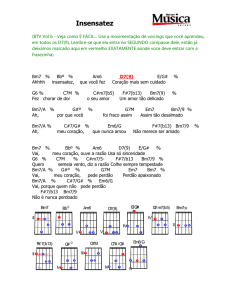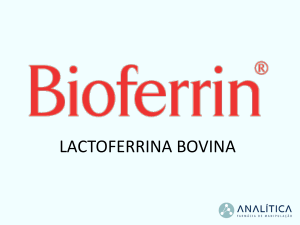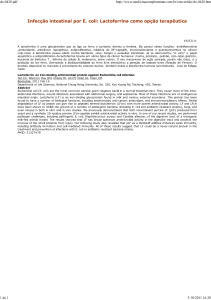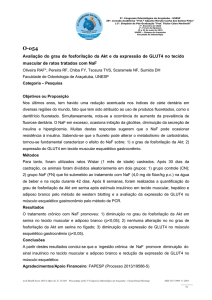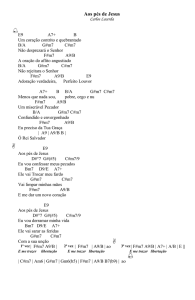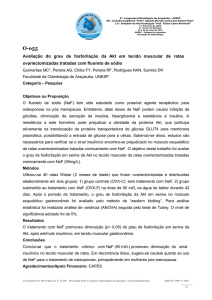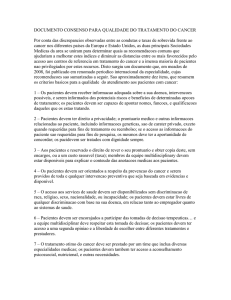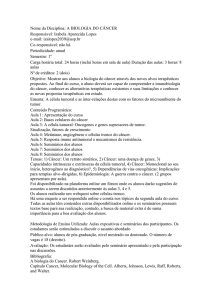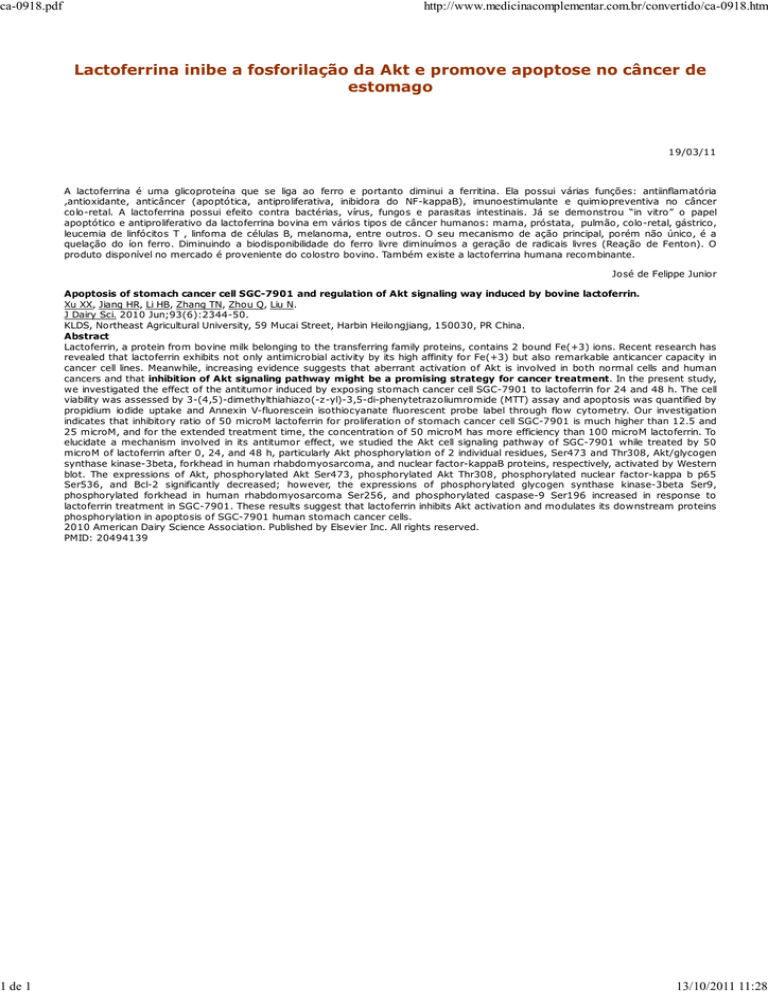
ca-0918.pdf
1 de 1
http://www.medicinacomplementar.com.br/convertido/ca-0918.htm
Lactoferrina inibe a fosforilação da Akt e promove apoptose no câncer de
estomago
19/03/11
A lactoferrina é uma glicoproteína que se liga ao ferro e portanto diminui a ferritina. Ela possui várias funções: antiinflamatória
,antioxidante, anticâncer (apoptótica, antiproliferativa, inibidora do NF-kappaB), imunoestimulante e quimiopreventiva no câncer
colo-retal. A lactoferrina possui efeito contra bactérias, vírus, fungos e parasitas intestinais. Já se demonstrou “in vitro” o papel
apoptótico e antiproliferativo da lactoferrina bovina em vários tipos de câncer humanos: mama, próstata, pulmão, colo-retal, gástrico,
leucemia de linfócitos T , linfoma de células B, melanoma, entre outros. O seu mecanismo de ação principal, porém não único, é a
quelação do íon ferro. Diminuindo a biodisponibilidade do ferro livre diminuímos a geração de radicais livres (Reação de Fenton). O
produto disponível no mercado é proveniente do colostro bovino. Também existe a lactoferrina humana recombinante.
José de Felippe Junior
Apoptosis of stomach cancer cell SGC-7901 and regulation of Akt signaling way induced by bovine lactoferrin.
Xu XX, Jiang HR, Li HB, Zhang TN, Zhou Q, Liu N.
J Dairy Sci. 2010 Jun;93(6):2344-50.
KLDS, Northeast Agricultural University, 59 Mucai Street, Harbin Heilongjiang, 150030, PR China.
Abstract
Lactoferrin, a protein from bovine milk belonging to the transferring family proteins, contains 2 bound Fe(+3) ions. Recent research has
revealed that lactoferrin exhibits not only antimicrobial activity by its high affinity for Fe(+3) but also remarkable anticancer capacity in
cancer cell lines. Meanwhile, increasing evidence suggests that aberrant activation of Akt is involved in both normal cells and human
cancers and that inhibition of Akt signaling pathway might be a promising strategy for cancer treatment. In the present study,
we investigated the effect of the antitumor induced by exposing stomach cancer cell SGC-7901 to lactoferrin for 24 and 48 h. The cell
viability was assessed by 3-(4,5)-dimethylthiahiazo(-z-yl)-3,5-di-phenytetrazoliumromide (MTT) assay and apoptosis was quantified by
propidium iodide uptake and Annexin V-fluorescein isothiocyanate fluorescent probe label through flow cytometry. Our investigation
indicates that inhibitory ratio of 50 microM lactoferrin for proliferation of stomach cancer cell SGC-7901 is much higher than 12.5 and
25 microM, and for the extended treatment time, the concentration of 50 microM has more efficiency than 100 microM lactoferrin. To
elucidate a mechanism involved in its antitumor effect, we studied the Akt cell signaling pathway of SGC-7901 while treated by 50
microM of lactoferrin after 0, 24, and 48 h, particularly Akt phosphorylation of 2 individual residues, Ser473 and Thr308, Akt/glycogen
synthase kinase-3beta, forkhead in human rhabdomyosarcoma, and nuclear factor-kappaB proteins, respectively, activated by Western
blot. The expressions of Akt, phosphorylated Akt Ser473, phosphorylated Akt Thr308, phosphorylated nuclear factor-kappa b p65
Ser536, and Bcl-2 significantly decreased; however, the expressions of phosphorylated glycogen synthase kinase-3beta Ser9,
phosphorylated forkhead in human rhabdomyosarcoma Ser256, and phosphorylated caspase-9 Ser196 increased in response to
lactoferrin treatment in SGC-7901. These results suggest that lactoferrin inhibits Akt activation and modulates its downstream proteins
phosphorylation in apoptosis of SGC-7901 human stomach cancer cells.
2010 American Dairy Science Association. Published by Elsevier Inc. All rights reserved.
PMID: 20494139
13/10/2011 11:28

